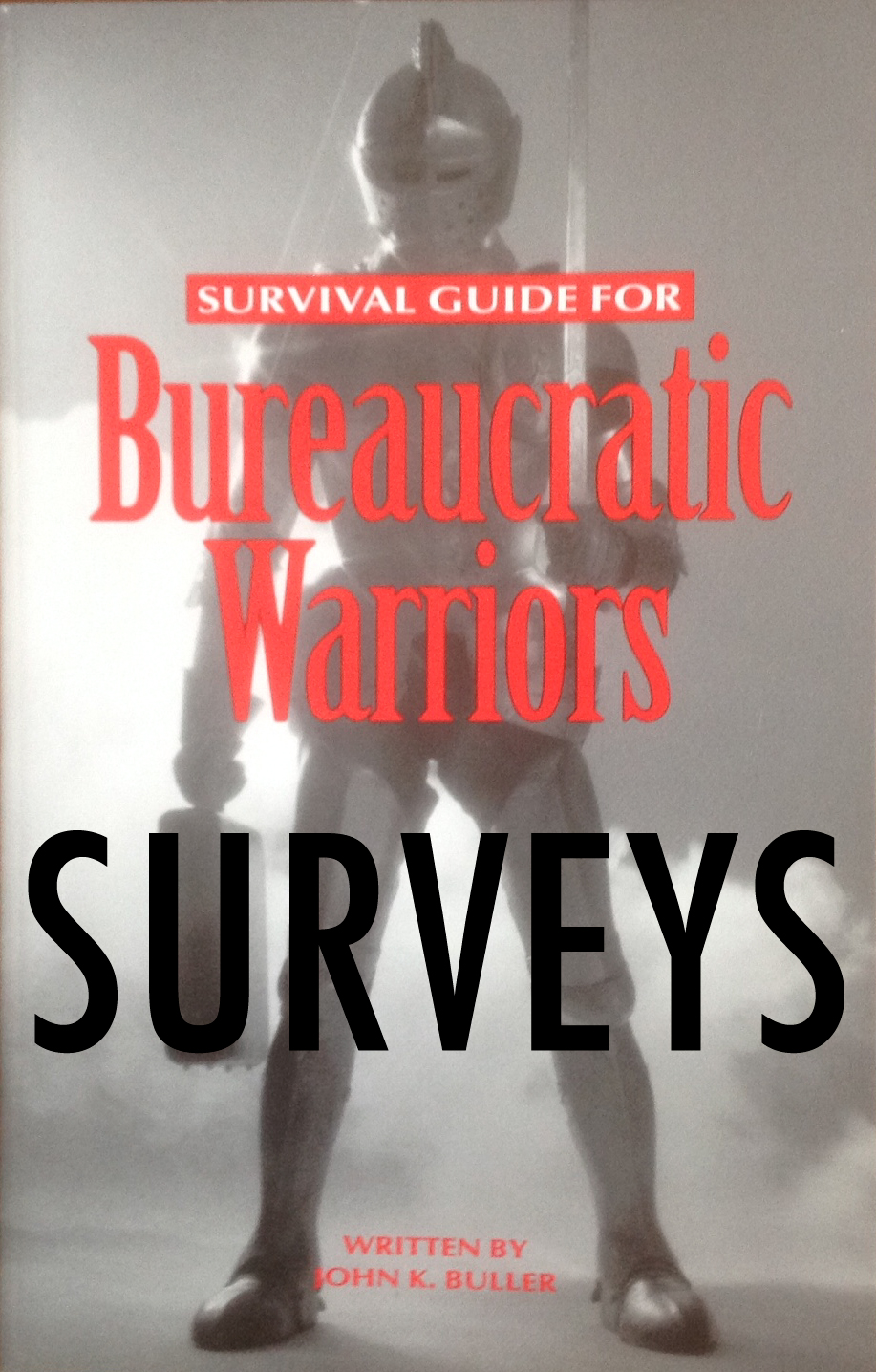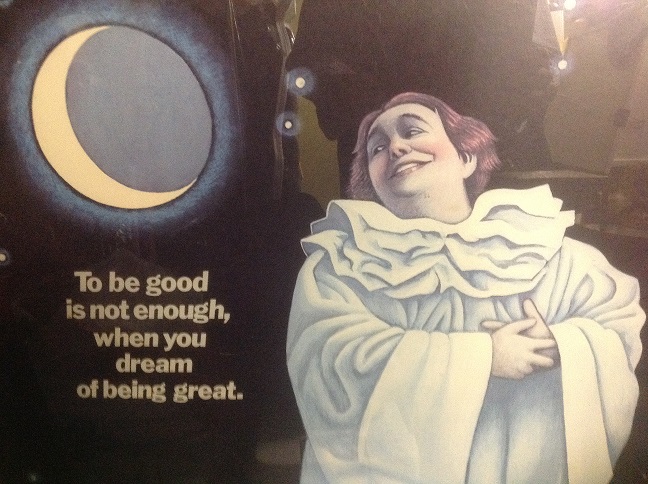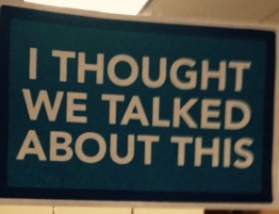
The 10 Cultural Practices that Will Cost You Time, Money, and Talent
March 11, 2015
THE ART OF MAKING DECISIONS
March 13, 2015All Great Decisions Are Made on the Last Day
No matter how many times I needed an important decision made, either in business or in my personal life, it seemed I could never get someone to react until the last moment. There were always reasons and problems in getting someone else to make a decision in what I felt was an appropriate time frame. As I rose higher in a bureaucracy I was myself confronted with people who suggested that I make more timely decisions. They wanted to know why I couldn’t be more decisive, and I realized that whether in business or personal life, it always ended up that all great decisions were made on the last day. There was no reason to really make a decision until some time pressure had been placed upon the situation.
Even more interesting than when decisions were made was what process I was using to make them. Was it just that it was the last day, and time to make up my mind? What if I was wrong? Would someone ask me later why I had made a decision and I would simply answer that it was the last day? With all of these thoughts, I had to come up with a process that would give me the best chance of making a good decision and allow me to proceed with confidence–because the worst mistake a manager can make is to second guess his own decision.
I discovered a few simple rules I can follow to enhance my self-confidence. I thought that if I trained my people to follow them , they too would become more self-confident. In the case of a decision that didn’t work, we wouldn’t place blame, but move on to make a new decision.
The first rule is to determine the last date a decision can be made. It is very important to establish dates and understand why they were picked. In many cases decisions have one date by which a go/no go mentality costs no money, with options whose costs escalate after that date. Managers who know their technical business understand this late decision, cost-of-business relationship.
A second thought to keep in mind: there are no bad decisions, only decisions that don’t work out. If a decision does not work out, the only problem is that a new direction has not been taken. In other words, never look back once you choose a course of action, and proceed with confidence–but don’t become so focused that when it is obviously not working, you continue in stupidity. One must always remember that, “If we continue in our current direction we will most likely end up where we are headed.” If you don’t like where you are headed, change direction.
The third rule says always get three opinions, bids, or discussions on any important decision. I was constantly confronted with questioning whether my decisions were appropriate and correct. I found out that if I get three opinions on any subject, one of three things happens. The first is that all three opinions are the same. This always makes me feel that if there is a better idea or price, it is not readily evident; therefore, continued search would delay a decision that has no option. A second possibility is that all three opinions are different. In this case – it is open season. I should continue to search until I have a better understanding or opinion as to what the best solution might be. The last possibility is that two of the three say the same thing, but the third person has a different idea. There are many options to this discussion: you can choose to get more opinions, or, because of time constraints, go with your gut feeling – knowing you may not know all of the options. The fact that you thought about this decision and got three opinions enhances your confidence because at least the decision went through some process.
The real value in this process is that whenever I follow my own advice and get my three opinions, I proceed with decisions in a confident and comfortable manner. If a decision does not work out, I still know that it was a good one. I then use the process to make a new decision.
A manager’s job is to make decisions. If you use this process, there are no bad decisions, only decisions that don’t work out. And the only real problem is if you choose not to make a new decision.





